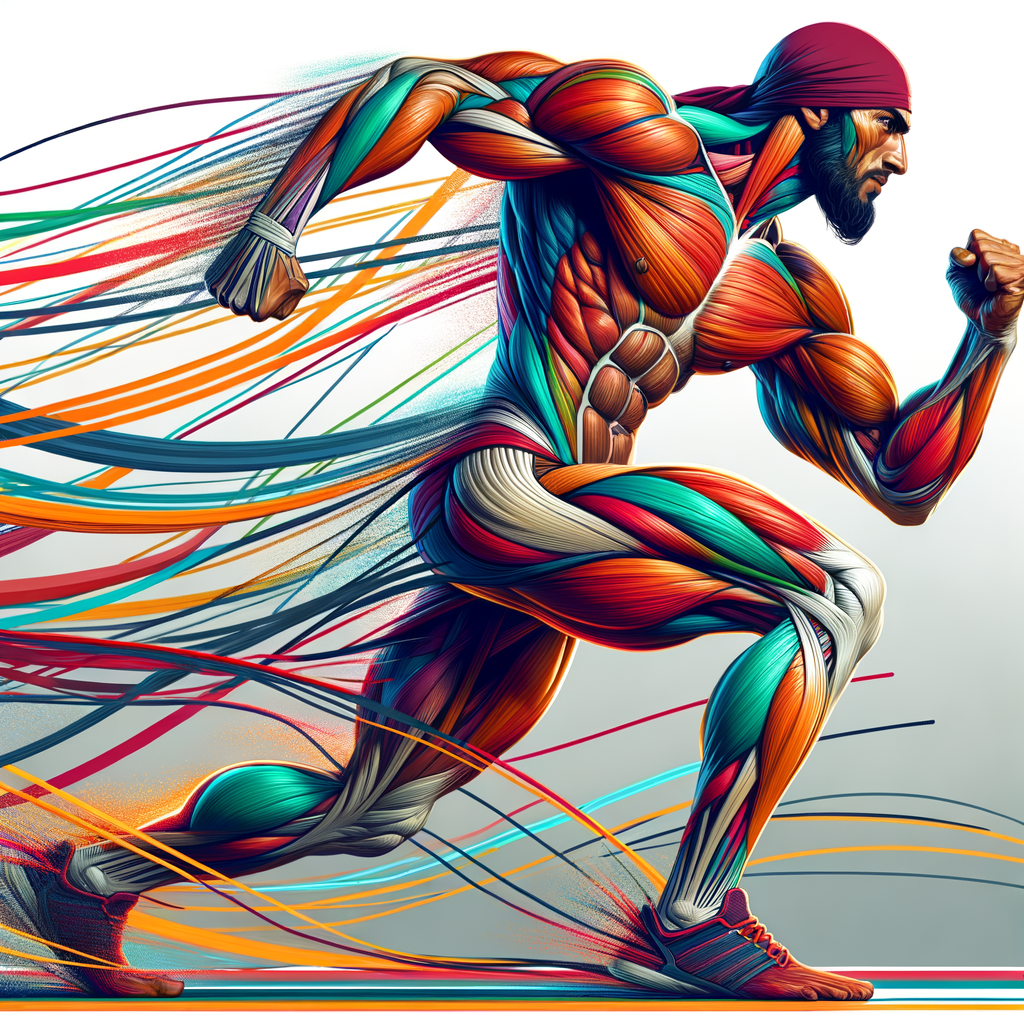
Designing dynamic characters is a crucial skill in digital art that goes beyond merely rendering figures. It involves understanding anatomy, mastering movement, and utilizing effective techniques to bring your characters to life. In this article, we will delve into the intricacies of character design, offering practical tips, exercises, and insights that will help both novice and experienced artists enhance their skills. Whether you're creating characters for a game, comic, or animation, the principles discussed here will serve as a solid foundation for your artistic endeavors.
Creating dynamic characters is essential for storytelling in various forms of media, including video games, animations, and comics. In this comprehensive guide, we will explore the following key areas:
- Understanding Anatomy
- Capturing Motion
- Techniques for Digital Character Design
- Practical Exercises
Understanding Anatomy
The first step in creating dynamic characters is understanding human anatomy. Knowledge of how the body functions and the relationship between different muscle groups is crucial for portraying realistic movement. Start by studying the basic structure of the human body, which includes:
- Bone Structure: Learn about the skeletal system, as it provides the framework for your character's pose.
- Muscle Groups: Familiarize yourself with major muscle groups and how they affect the character's form and movement.
One effective way to understand anatomy is through life drawing. Attending figure drawing classes or using online resources featuring life models will allow you to observe and sketch real human bodies in various poses. This practice will help you develop a keen eye for proportions and anatomical accuracy.
Capturing Motion
Dynamic characters often convey a sense of movement, which can be achieved through various techniques. Here are some key concepts to keep in mind:
- Lines of Action: Establish a line of action to guide your character's pose. This line should reflect the energy and direction of the movement, providing a foundation for the entire figure.
- Weight Distribution: Pay attention to how weight shifts during movement. This can be shown through the positioning of limbs and the tilt of the character’s torso.
- Dynamic Poses: Experiment with exaggerated poses to create a more dynamic feel. Don't be afraid to push the limits of anatomy for stylistic effects.
Using reference images can greatly assist in capturing motion accurately. Seek out photographs of athletes, dancers, or even animals in motion to analyze their postures and movements.
Techniques for Digital Character Design
Once you have a solid understanding of anatomy and motion, the next step is to incorporate these concepts into your digital character design. Here are some techniques to consider:
- Rough Sketching: Start with rough sketches to outline your character’s pose and proportions. Focus on getting the action lines right before refining the details.
- Layering in Software: Utilize layers in your digital art software to separate different aspects of your character, such as the line art, base colors, and shading. This will make editing easier and allow for more experimentation.
- Color and Light: Consider how lighting affects the mood of your character. Use shadows and highlights to emphasize muscle definition and depth.
Incorporating these techniques into your workflow will streamline the character creation process and enhance your final artwork.
Practical Exercises
To solidify your understanding of creating dynamic characters, engage in these practical exercises:
- Gesture Drawing: Spend 5-10 minutes on quick sketches of dynamic poses from reference images. Focus on the essence of the pose rather than detailing.
- Character Turnaround: Create a turnaround of your character from multiple angles. This will help you grasp their form and how anatomy changes with perspective.
- Action Scenes: Illustrate a scene depicting your character in motion, such as jumping or running. This will challenge you to apply your knowledge of anatomy and motion.
By practicing these exercises regularly, you will develop your skills in creating dynamic and engaging characters that resonate with your audience.
Conclusion
Creating dynamic characters is a rewarding aspect of digital art that combines anatomy, movement, and creativity. By understanding the principles discussed in this article and applying them through practice, you’ll enhance your character design skills and bring your artistic visions to life. Continue exploring new techniques, seeking feedback, and refining your style as you embark on your journey in the world of digital character design.

